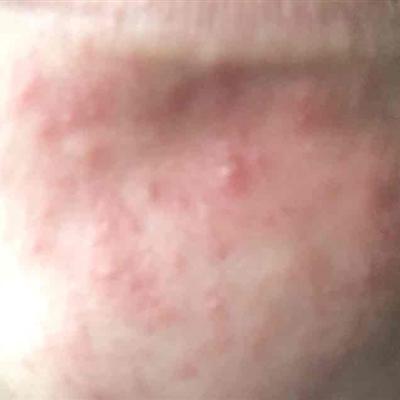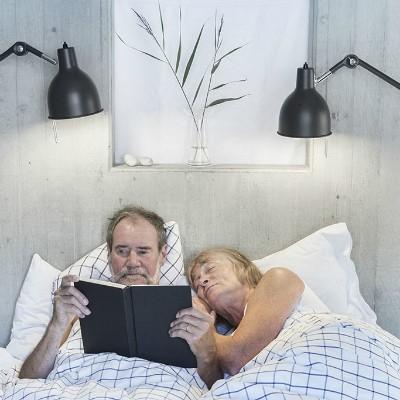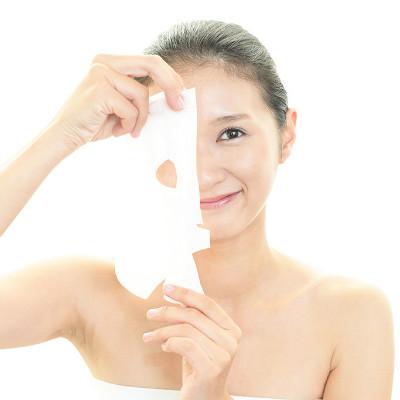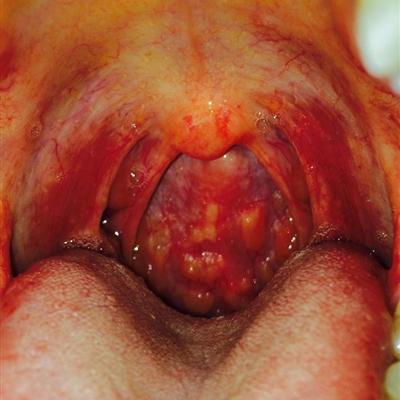What reason is bilateral lung grain increased
summary
I think you all have a certain understanding of the increase of lung markings. This disease also makes a lot of people suffer. Lung markings refer to the radial strip shadows extending from the hilum of lung to the periphery of lung during chest imaging. It is mainly composed of pulmonary artery, pulmonary vein, bronchus and lymphatic vessels. Chronic bronchitis, bronchiectasis, rheumatic heart disease, congenital heart disease, pneumoconiosis, cancerous lymphangitis, etc. It can be pathological, physiological or technical. Generally speaking, it is of little clinical value to report pulmonary thickening in isolation. Only by careful analysis of the nature of the increased lung markings.
What reason is bilateral lung grain increased
First, the lung texture is thick, maintaining the characteristics of blood vessels from the hilum to the lung, often accompanied by cardiac enlargement, mainly in rheumatic heart disease, congenital heart disease and so on. The lung texture is uneven, often mixed with deformation texture and small honeycomb shadow, common in chronic bronchitis, bronchiectasis and so on.

Second, the correct conclusion can be drawn only when combined with other X-ray manifestations, clinical conditions and technical conditions. In other words, without any clinical symptoms of lung texture thickening, may be physiological, that is completely normal. If you have respiratory symptoms, consider bronchitis, need anti-inflammatory treatment.

Third: lymphoid lung markings increased, lung markings in the two lungs were fine network, common in pneumoconiosis, lymphangitis cancer. Smoking increased lung markings, showing increased bilateral lung markings, but the normal course, mainly due to long-term smoking caused by carbon deposition.

matters needing attention
Texture thickening is mainly seen in the elderly and obese. The former is due to the relative abundance of lung interstitium in the elderly, which leads to the increase of lung texture on the chest X-ray film; the latter is due to the obesity of the subjects, the increase of subcutaneous fat, which leads to the increase of X-ray absorption, which leads to the false appearance of the increase of lung texture on the chest X-ray film.














